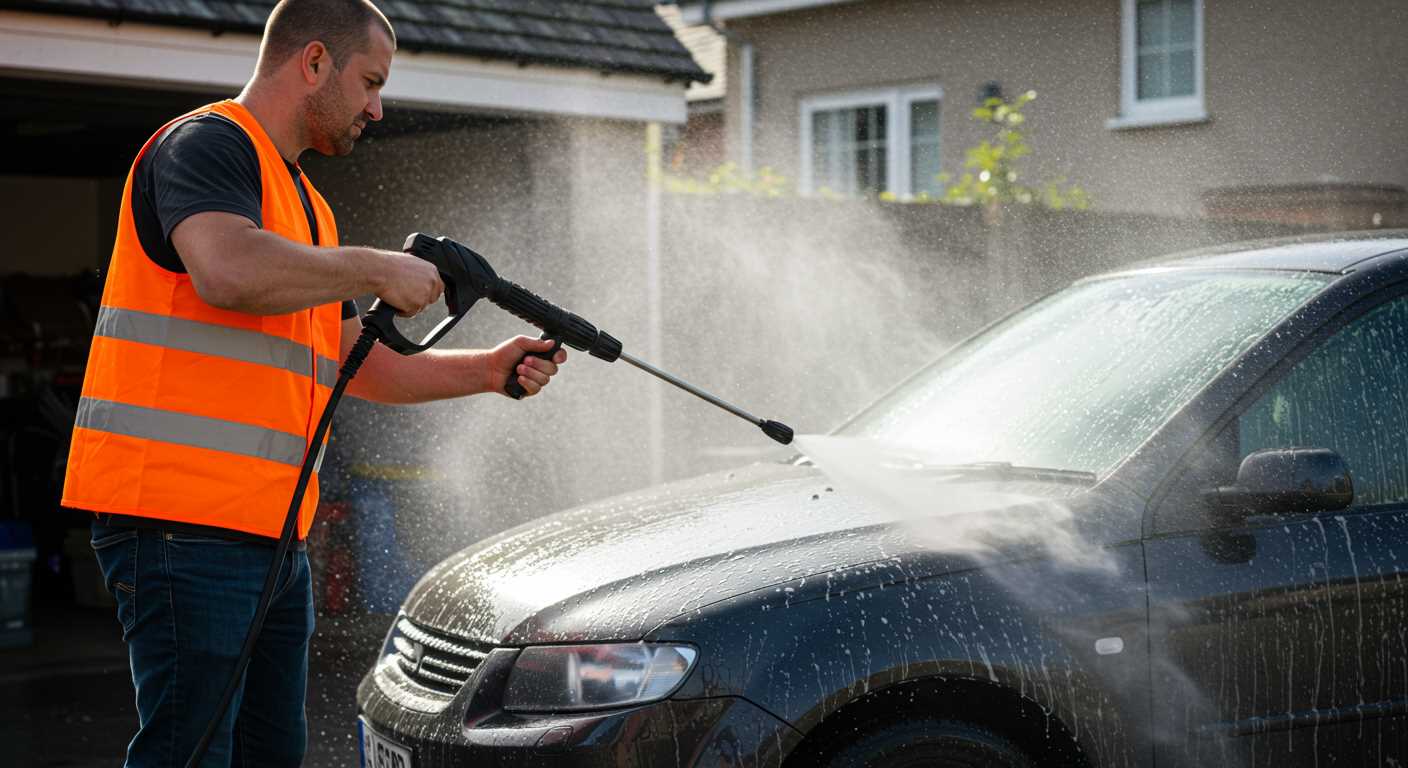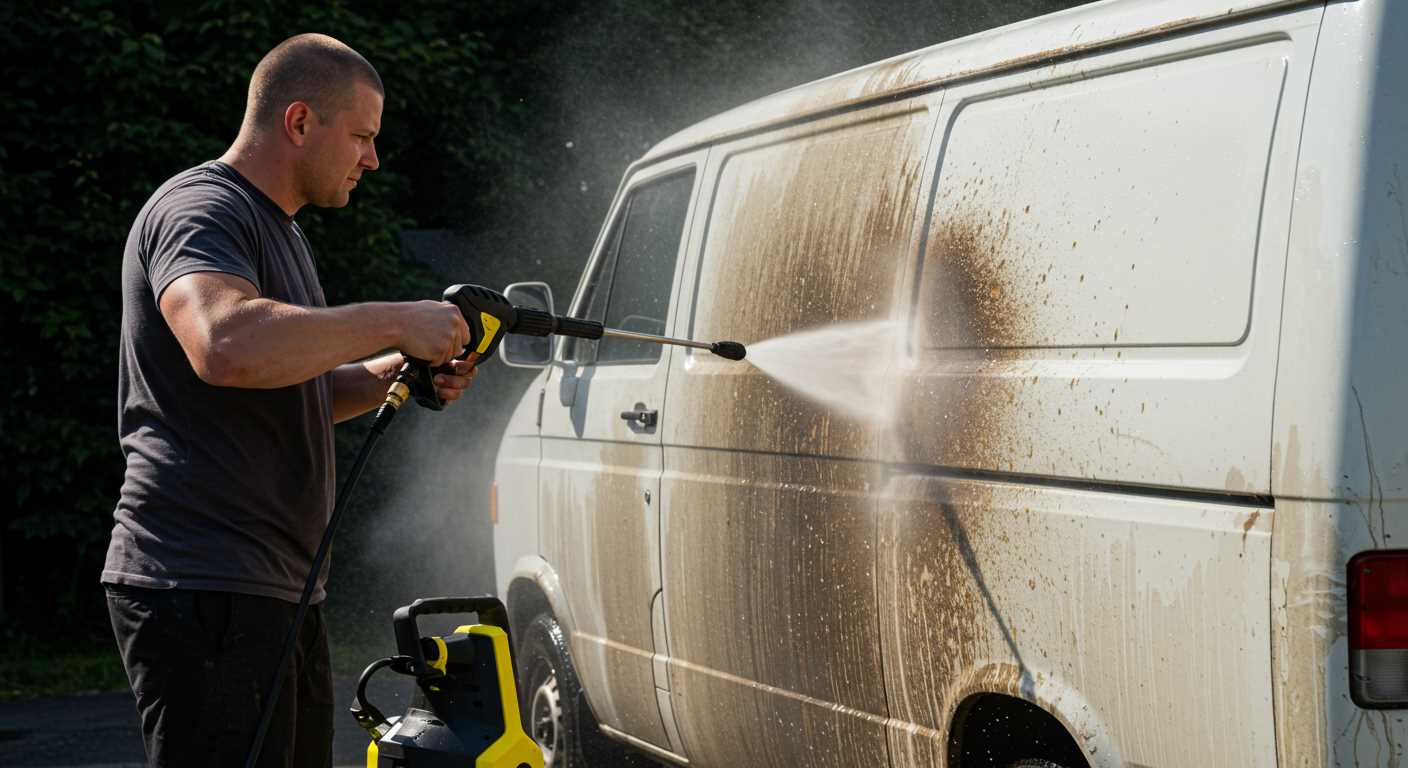



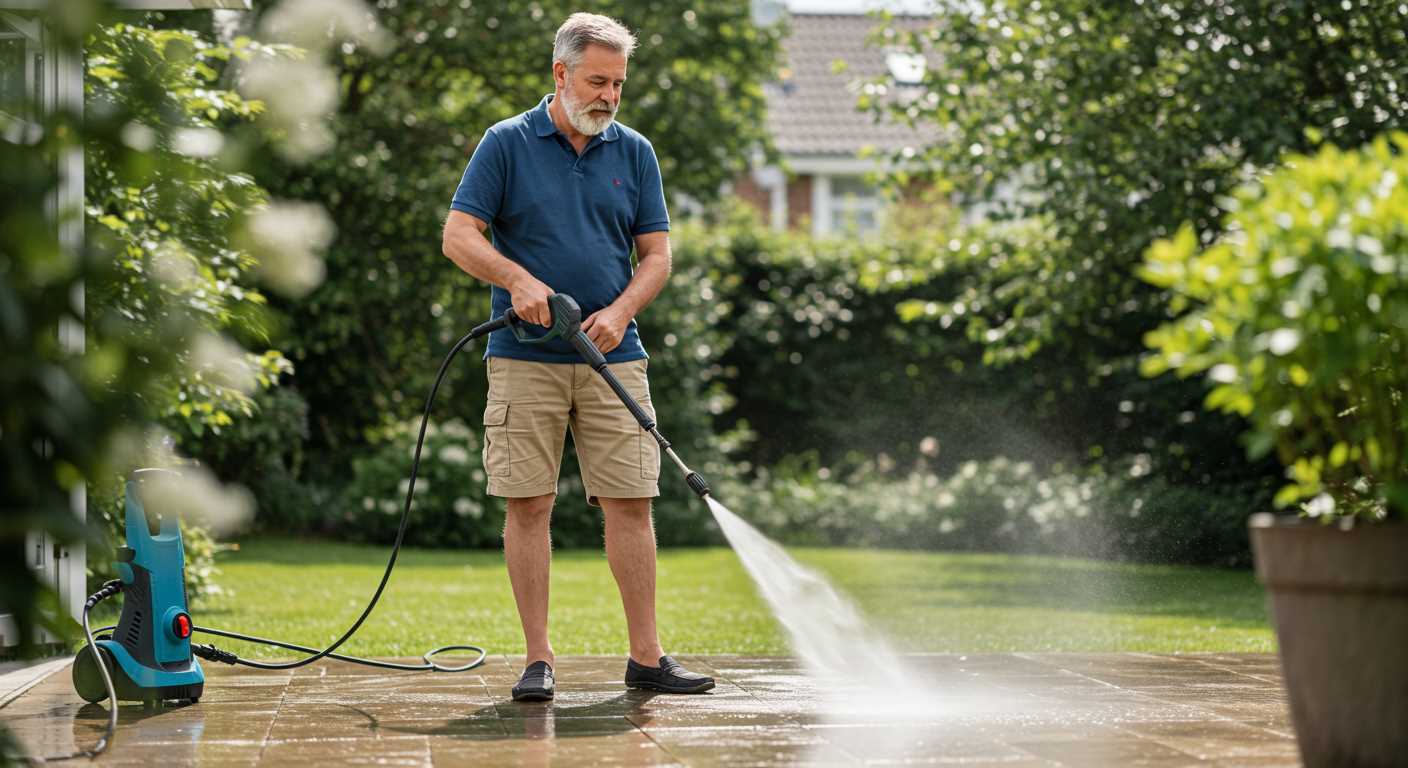
Using high-pressure cleaning equipment on vehicles can lead to unintended consequences. While many believe this method provides a thorough clean, it is crucial to understand the potential risks to the vehicle’s exterior. I recall a time when a friend enthusiastically used such equipment on his brand-new sports car, only to find fine scratches and swirl marks on the surface afterward. This experience highlights the importance of technique and settings.
First, the force of the water stream plays a significant role in determining the outcome. A setting exceeding 1500 psi can compromise the integrity of most automotive finishes. For optimal results, I advise using no more than 1200 psi when cleaning vehicles. Additionally, keeping the nozzle at least two feet away from the surface helps prevent the risk of abrasions.
Another key factor is the type of cleaning solution employed. Some detergents can be harsh and may react negatively with certain finishes. Opting for pH-balanced products specifically designed for automotive surfaces can mitigate the risk of damage. During my years in the industry, I learned that the right soap can enhance the cleaning process without harming the finish.
Finally, always inspect the nozzle before use. A damaged or worn nozzle can create uneven pressure, increasing the likelihood of surface blemishes. In my experience, a well-maintained unit not only ensures effective cleaning but also protects the vehicle’s appearance. Keeping these tips in mind can lead to a safe and effective cleaning process, preserving your vehicle’s shine and finish.
Can a Pressure Washer Cause Harm to Vehicle Coating?
Using a high-powered cleaning device on your vehicle can lead to unwanted results if not handled correctly. From my experience, the key factor is the distance and angle of the nozzle. Maintaining a safe distance, typically around 2 to 3 feet, helps avoid any unwanted abrasiveness on the surface.
Another crucial aspect is the choice of nozzle. A wider spray pattern, such as a 25 or 40-degree tip, distributes the force more evenly, reducing the risk of harming the finish. I recall a time when I used a narrow nozzle too close, resulting in minor etching on the surface. This taught me to always opt for a gentler approach when cleaning delicate finishes.
It’s also vital to consider the water temperature. Hot water can be effective for removing grime but can also soften certain coatings, making them more susceptible to being altered by the force. I’ve had instances where using warm water resulted in a streaky finish, requiring additional polishing to restore the gloss.
Here’s a quick reference table for safe practices:
| Practice | Recommendation |
|---|---|
| Distance | Maintain 2-3 feet |
| Nozzle Type | Use 25 or 40-degree tips |
| Water Temperature | Use cold or lukewarm |
| Surface Condition | Inspect for existing damage |
Always inspect the surface beforehand. Any pre-existing scratches or chips can exacerbate the effects of high-velocity water. I’ve seen vehicles with slight imperfections that became more pronounced after a thorough cleaning session. A little caution goes a long way in preserving that shiny finish!
Understanding Pressure Washer Settings and Car Paint
When using a high-powered cleaning device on your vehicle, selecting the right settings is paramount to preserving the finish. From my experience, here are the key aspects to consider:
- Adjustable Nozzles: Always opt for a wide-angle nozzle, such as a 25-degree or 40-degree, to diffuse the water stream. A narrower nozzle will focus the force too intensely, risking harm.
- Distance Matters: Maintain a distance of at least two feet from the surface. This reduces the impact and allows the water to spread out, minimising risk to the finish.
- Water Pressure Settings: Use the lowest effective pressure setting. Many modern machines allow for adjustments, so find a balance that cleans without being aggressive.
- Temperature Control: If your device has a heating option, keep it on a moderate setting. Excessive heat can degrade protective coatings over time.
In my early days testing various models, I learned the hard way about the importance of these settings. I once used a narrow nozzle too close to a newly painted surface, and it resulted in noticeable swirls. That experience taught me to respect the power behind these machines.
Additionally, always consider the cleaning solution used. Some chemicals can react negatively with finishes, especially if applied under high pressure. I recommend testing any detergent on a small inconspicuous area first.
Finally, avoid cleaning in direct sunlight. High temperatures can cause cleaning solutions to dry too quickly, potentially leading to streaks and spots.
Following these guidelines will help ensure that your vehicle remains in pristine condition while taking advantage of the efficiency that modern cleaning technology offers.
Recommended Pressure Levels for Vehicle Washing
For optimal results, I suggest setting your equipment to a range of 1200 to 1900 psi when cleaning vehicles. This level effectively removes dirt and grime without posing a risk to the finish.
During my years testing various models, I found that lower settings, around 1200 psi, are perfect for delicate surfaces, such as those with a clear coat or intricate detailing. This setting ensures a thorough clean while minimising the risk of marring the surface.
As you venture up to 1900 psi, you’ll find it suitable for more robust surfaces or heavier build-up of dirt. However, always maintain a safe distance of at least 2 feet from the vehicle to prevent any unintended consequences.
When using these machines, consider the nozzle type as well. A wide-angle spray nozzle helps to distribute the force evenly, further reducing the risk of harm to the vehicle’s exterior.
In my experience, incorporating a pre-wash step, such as rinsing with a garden hose or using foam cannon attachment, can significantly enhance the effectiveness of the cleaning process before you engage the high-pressure method.
Remember, consistent maintenance of your cleaning equipment is key. A well-maintained unit delivers more reliable performance, so ensure to check for any clogs or wear before use.
Types of Nozzles and Their Impact on Finish
Choosing the right nozzle is critical for preserving the exterior of your vehicle. I once witnessed a friend using a narrow nozzle at full force, and the results were disastrous. The intense jet tore into the surface, leaving behind not just marks but also a dull appearance. Opting for a wider fan nozzle can significantly reduce the risk of harm.
There are typically four types of nozzles: 0-degree, 15-degree, 25-degree, and 40-degree. The narrowest, the 0-degree, concentrates water into a tight stream, which is effective for heavy-duty cleaning but poses a high risk of causing scratches. In contrast, the 40-degree nozzle disperses water over a wider area, making it safer for delicate surfaces.
For routine maintenance, I recommend using a 25-degree nozzle. It strikes a balance between cleaning power and safety. This type allows for effective removal of dirt without the aggressive force that can harm the finish. I remember using this nozzle on my own vehicle during a spring clean. It removed all the grime without any negative impact on the surface.
Additionally, consider the distance from which you apply the water. Keeping the nozzle at least two feet away from the surface can help minimise any risk. I’ve found that moving in a sweeping motion while maintaining a consistent distance yields the best results. It’s all about being cautious and informed.
Lastly, don’t overlook the importance of nozzle maintenance. Dirt or debris can block the nozzle, causing it to spray unevenly and potentially lead to uneven cleaning, which is counterproductive. Regular checks can prevent this issue from arising.
Distance Between Pressure Washer and Car Surface
Maintain a distance of at least 2 feet between the nozzle and the vehicle’s surface. This ensures an adequate buffer, allowing the water to disperse and reduce the risk of harm to the exterior. When I first started using high-powered cleaning equipment, I learned the hard way that too close a range could lead to unwanted results, including scratches and clear coat issues.
Adjusting Distance Based on Surface Condition
For vehicles with a delicate finish or older models, consider increasing the distance to 3 feet. A thorough inspection of the surface prior to cleaning is advisable. You’ll want to look for any existing imperfections that could be exacerbated by close-range cleaning. I recall a time when I underestimated the importance of surface evaluation; the outcome was a chipped area that required professional touch-ups.
Effect of Distance on Cleaning Efficiency
While distance is critical in preventing potential harm, it can also influence the effectiveness of the wash. If the distance is too great, the water pressure diminishes, leading to ineffective cleaning of stubborn grime. Striking the right balance involves adjusting your approach based on the type of debris–more distance for loose dirt and less for hardened contaminants.
| Distance (Feet) | Recommended Use |
|---|---|
| 2 | General cleaning for newer vehicles |
| 3 | Older vehicles or those with sensitive finishes |
| 4+ | For loose dirt or when using a wide spray pattern |
Finding the ideal distance may require some experimentation, but protecting your vehicle while achieving optimal cleanliness is absolutely worth the effort. I always advise fellow car enthusiasts to take their time when determining the best approach for their specific situation.
Common Mistakes When Using a Pressure Cleaner on Vehicles
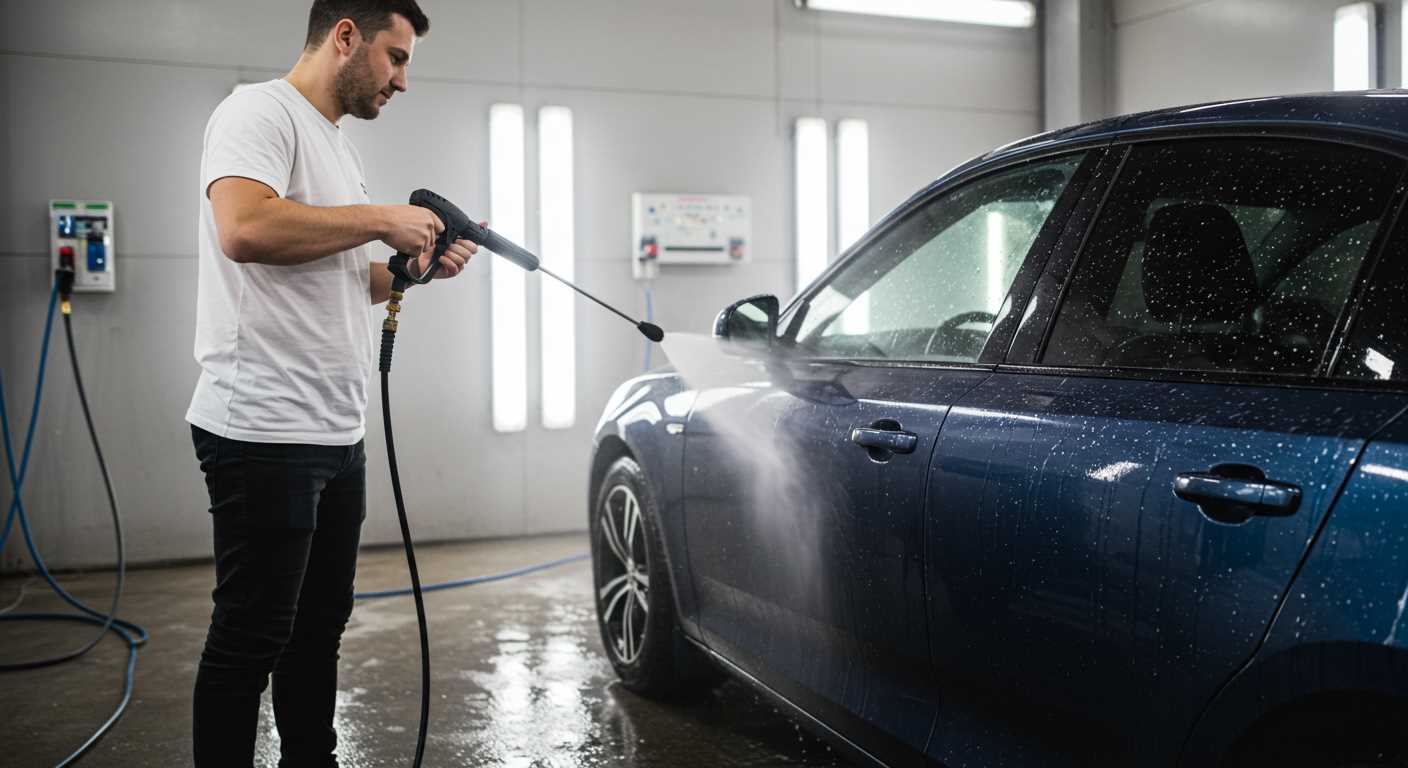
One of the biggest blunders is getting too close to the surface during cleaning. I’ve seen friends aim the nozzle just a few inches away, thinking it would enhance the cleaning effect. Instead, it can leave marks or even strip off protective coatings. Always maintain a safe distance–at least 2 feet–to prevent any issues.
Another frequent error involves using the wrong nozzle type. Many neglect to switch nozzles when dealing with different surfaces, opting for a narrow stream on a delicate finish. I remember a colleague who used a zero-degree nozzle on a friend’s vehicle, resulting in noticeable abrasions. Stick to a wider spray for washing, ideally a 25 or 40-degree nozzle.
Misjudging the water temperature can also lead to problems. I’ve witnessed situations where individuals used hot water, believing it would dissolve grime better. However, excessive heat can weaken the finish and lead to discolouration. Always use water at a moderate temperature to maintain the integrity of the surface.
Skipping pre-rinsing is a common oversight. I’ve often emphasised the importance of removing loose dirt before applying any cleaning solution. Ignoring this step can cause scratches as debris can act like sandpaper when pressure is applied. A gentle rinse to dislodge particles makes a considerable difference.
Another mistake is applying too much cleaning solution. I’ve seen people douse their vehicles in soap, thinking more is better. In reality, this can lead to a messy residue that’s tough to rinse off. Use a moderate amount and rinse thoroughly to avoid any leftover film.
Failing to inspect the equipment before use can lead to complications. I once had a nozzle clogged with debris, which resulted in uneven spraying. Always check your gear for blockages and ensure everything is in proper working order before starting your cleaning routine.
Lastly, neglecting to protect sensitive areas like badges or trims is a blunder I’ve encountered with many enthusiasts. Water can easily seep into these areas and cause issues over time. Cover or tape off vulnerable spots to safeguard against potential water ingress.
Signs of Paint Damage from Pressure Washing
Identifying issues after using a high-pressure cleaning system is crucial for maintaining your vehicle’s finish. Here are specific indicators to watch out for:
1. Visual Imperfections
- Swirl Marks: Circular scratches that appear on the surface, often caused by improper technique or incorrect nozzle usage.
- Faded Areas: Sections of the exterior that look dull or less glossy than others may indicate that the outer layer has been compromised.
- Clear Coat Separation: If you notice peeling or flaking of the protective layer, it’s a strong sign of damage.
2. Texture Changes
- Rough Surfaces: If your vehicle feels gritty or uneven to the touch, it may have lost its smooth finish.
- Increased Porosity: A finish that absorbs water more readily can signal that the sealant has been stripped away.
3. Other Indicators
- Paint Chips: Small pieces of the surface may break off, particularly at edges or raised areas.
- Discolouration: Noticeable colour changes, especially around trims or where dirt has accumulated, could be an issue.
Regular inspection is key. If you notice any of these signs, consider seeking professional advice on restoring your vehicle’s exterior to its original condition. Taking prompt action can prevent further deterioration.
Preventive Measures to Protect Vehicle Finish
Always start by thoroughly rinsing the surface with water before using any cleaning equipment. This removes loose dirt and debris, reducing the risk of scratches during the washing process.
Consider applying a layer of wax or sealant after washing. This creates a barrier against contaminants and adds a protective layer that can withstand higher water pressures. I’ve found that a good quality wax can significantly enhance the finish and make future cleaning easier.
Select a gentle detergent specifically designed for automotive surfaces. Many general-purpose cleaners can be too harsh and strip away protective coatings. I’ve tested various products, and those labelled for car care usually yield the best results.
Keep an eye on the weather. Wash your vehicle in the shade or during cooler parts of the day to prevent water spots and streaks from forming as the water dries quickly in direct sunlight.
Utilise a soft-bristle brush or sponge for the initial cleaning. This soft approach allows for a thorough clean without the risks associated with more intense methods. I recall a time when a simple sponge wash saved a friend’s vehicle from a costly repaint.
Inspect the nozzle and equipment regularly. A worn or damaged nozzle can produce unpredictable water patterns and increased intensity, which may lead to unintended consequences on the surface. I’ve seen how a simple nozzle change can make a world of difference.
Maintain a safe distance between the sprayer and the surface. Start at least two feet away and adjust based on the results. In my experience, beginning further away provides a gentle cleaning effect, ensuring the finish remains intact.
Lastly, avoid direct spraying on edges, seams, or decals. These areas are often more vulnerable and can suffer from excessive force. I’ve learned through trial and error that a careful approach around these spots saves a lot of headaches later.
Alternatives to Pressure Washing for Car Cleaning
For those wary of the effects high-intensity cleaning tools can have on surfaces, there are several effective methods to keep your vehicle spotless without resorting to aggressive techniques. One of the best alternatives is using a two-bucket hand wash system. This method involves one bucket for soapy water and another for rinsing your mitt, significantly reducing the chances of scratching the finish.
Waterless Wash Solutions
Waterless wash products are a fantastic option, especially for light dirt. These sprays encapsulate grime, allowing you to wipe it away effortlessly. I’ve used them in a pinch and found them surprisingly effective. Just ensure you have a good microfibre cloth to avoid any swirls.
Foam Cannons and Garden Hoses
Foam cannons, when attached to a standard garden hose, create a thick layer of foam that clings to the surface, loosening dirt without the need for high pressure. It’s a gentler approach that I’ve found works wonders in lifting away contaminants before a simple rinse. For an added benefit, you can combine this with a gentle wash mitt for a thorough clean.
Opting for these methods not only protects your vehicle’s exterior but also enhances its longevity. For more options on effective cleaning techniques, check out a guide on how to match the right washer nozzle with the right job. And if you’re dealing with other projects, like fencing, you might be interested in figuring out can i use stranded wire for dog fence.

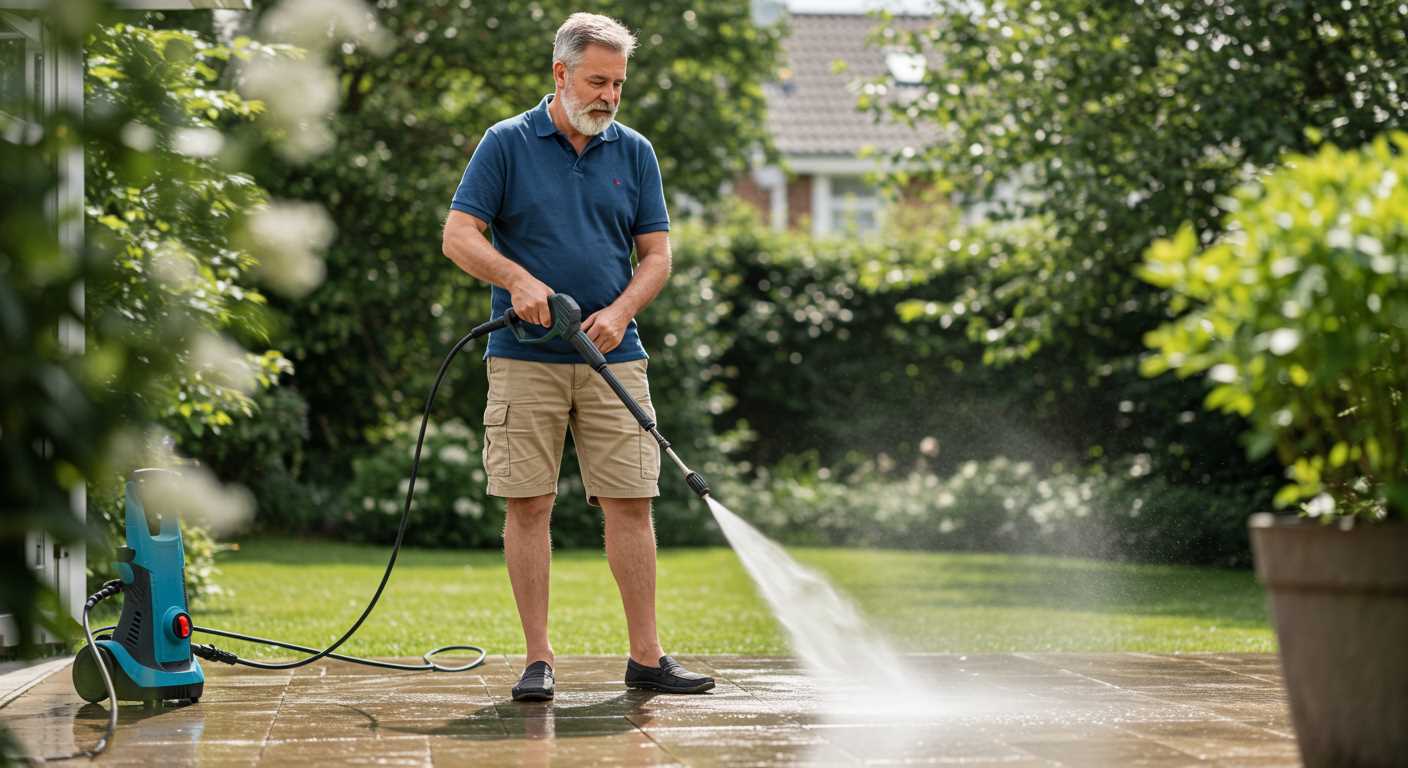




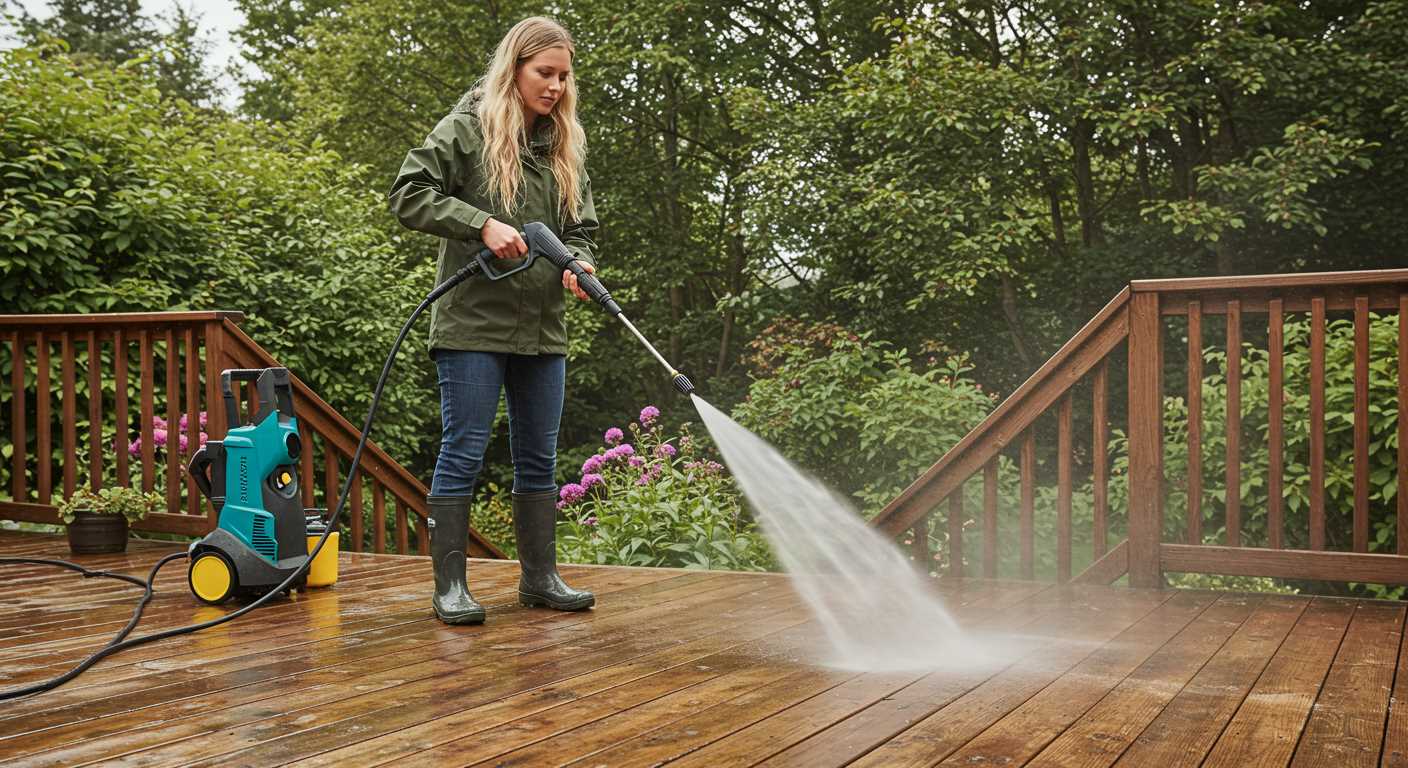
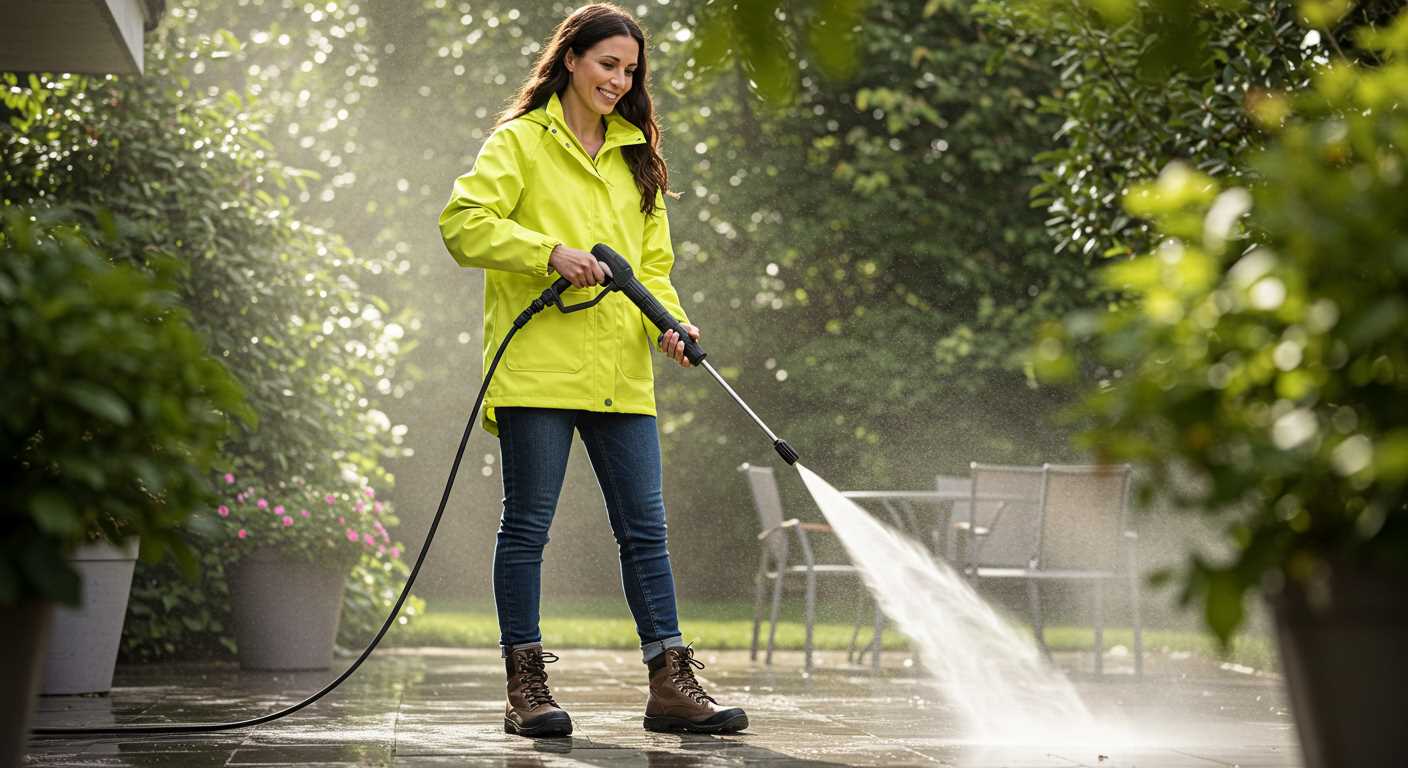
.jpg)
